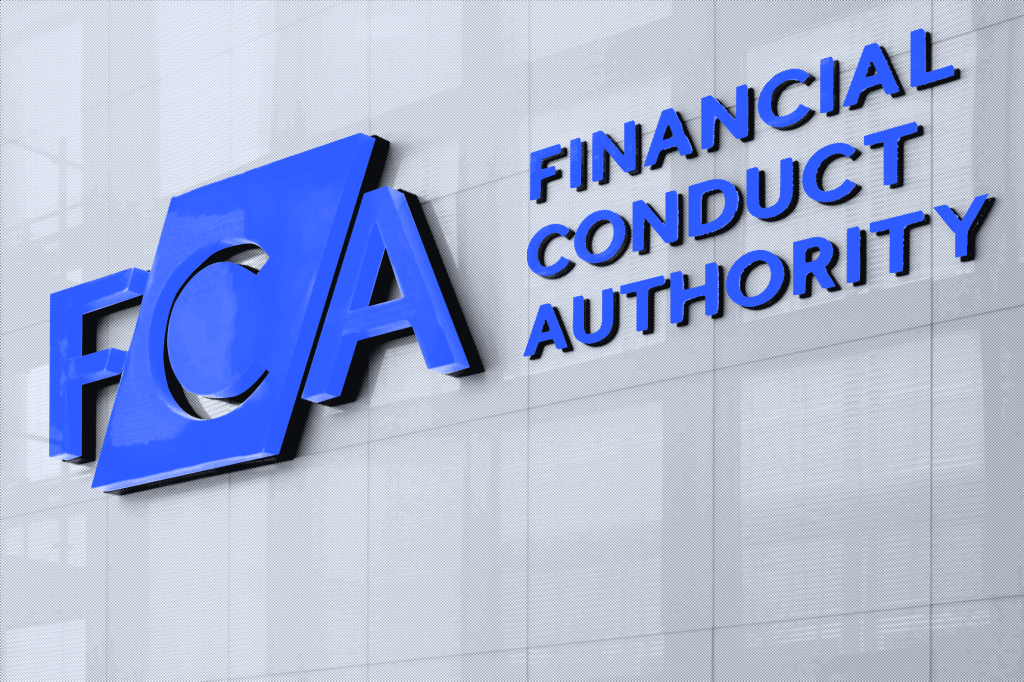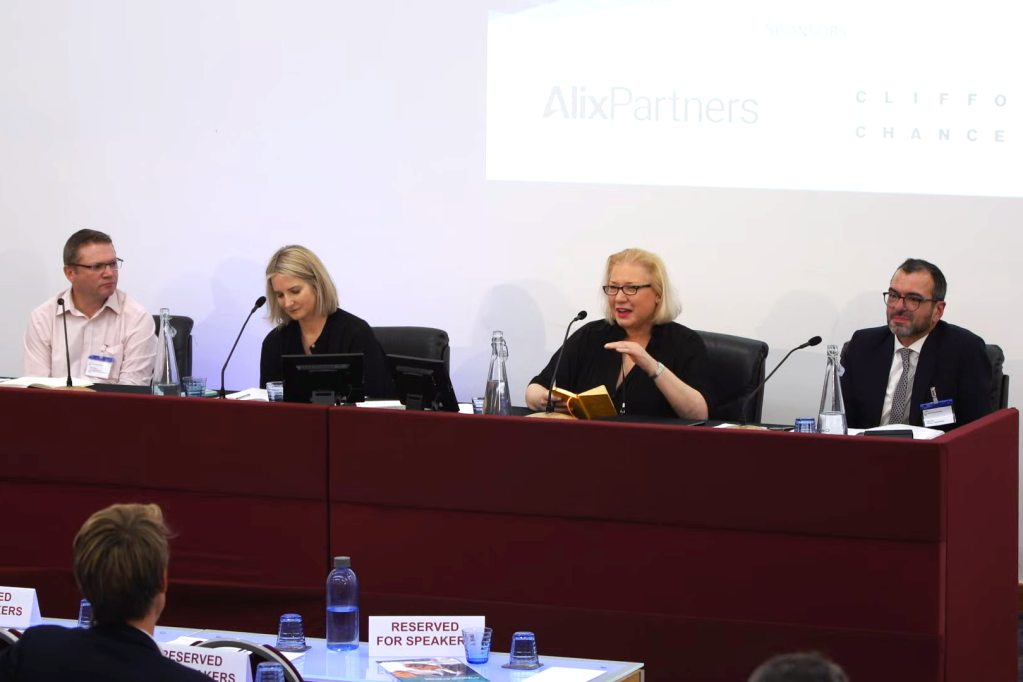This panel at the City & Financial Global Market Abuse Summit delved into the ever-complex and critical issue of inside information.
Moderated by Tepo Din, a seasoned expert from Temple Bright with a background spanning top legal firms, the FCA, and BlackRock, the panel brought together a wealth of industry
Register for free to keep reading.
To continue reading this article and unlock full access to GRIP, register now. You’ll enjoy free access to all content until our subscription service launches in early 2026.
- Unlimited access to industry insights
- Stay on top of key rules and regulatory changes with our Rules Navigator
- Ad-free experience with no distractions
- Regular podcasts from trusted external experts
- Fresh compliance and regulatory content every day

















